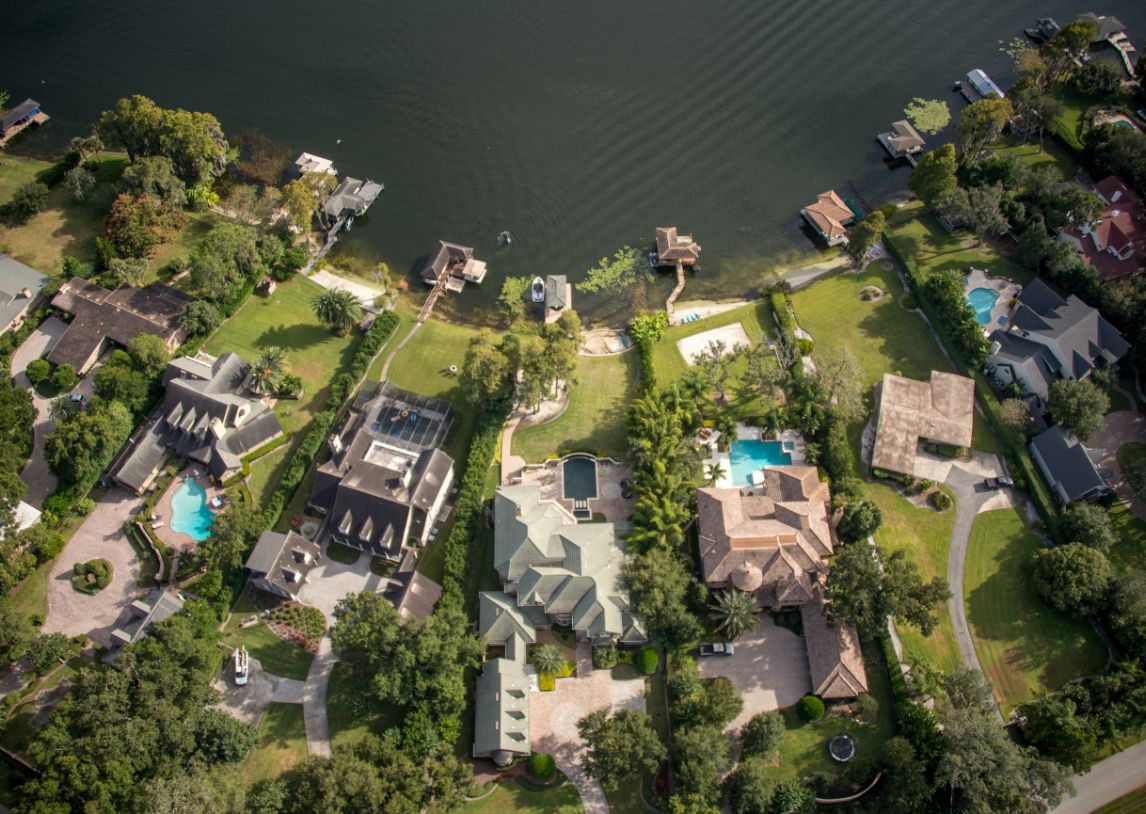Steering the Intricate Landscape of Regulatory Standards for Cyber Security in Multi-Unit Residences to Ensure Occupant Safety and Information Protection
Wiki Article
In today's world, many individuals reside in multi-dwelling units, such as flat complexes and condo communities. Such locations frequently utilize common infrastructures for internet and other amenities. While this arrangement can be convenient, it also brings up significant concerns about system security and compliance requirements. Guaranteeing the safety of tenants and safeguarding their data is crucial. This piece will explore the intricate environment of regulatory guidelines for system security in multi-dwelling units, focusing on how these guidelines assist keep residents secure and secure.
One of the primary regulatory standards that pertain to system safety is the EU Information Protection Act (GDPR). This regulation is designed to safeguard personal data and confidentiality for persons within the EU Union. While it mainly applies to businesses functioning in Europe, its tenets can influence practices in other regions as also. For multi-dwelling buildings, complying to GDPR means establishing robust information protection measures. This entails making sure that residents' personal information is gathered, kept, and processed safely. By following these standards, building managers can assist build confidence with tenants and guarantee their data is safe from unauthorized intrusion.

Another important standard is the Healthcare Insurance Flexibility and Accountability Law (HIPAA), which protects confidential healthcare information in the medical industry. In multi-dwelling buildings, especially those that offer medical assistance or have tenants with particular health requirements, adherence with HIPAA is essential. This means that any health-related information gathered from tenants must be maintained confidential and protected. Building managers must make sure that their network infrastructures are configured to prevent information breaches and unauthorized intrusion. By taking these steps, they not only adhere with legal obligations but also promote a safe residential space for all tenants.
In addition to GDPR and HIPAA, the Payment Card Sector Information Security Guidelines (PCI DSS) is another vital compliance standard. This guideline is particularly important for multi-unit buildings that accept credit card payments for rent or amenities. PCI DSS specifies protection protocols that must be in place to protect customer information. This includes securing sensitive information and regularly monitoring network security. By adhering to PCI DSS standards, property managers can reduce the threat of information leaks and safeguard tenants' financial information, which is vital for upholding their trust and security.
Finally, it is essential for multi-dwelling buildings to remain updated on regional and national laws regarding network safety. Regulations and guidelines can change, and staying informed is essential for compliance. Property managers should regularly review their security policies and practices to make sure they comply with up-to-date requirements. This proactive approach not only assists in upholding adherence but also improves the general safety of the network. By focusing on tenant security and information safeguarding, multi-unit buildings can establish a safe living space that fosters confidence and peace of mind among tenants.
To summarize, traversing the complex environment of compliance guidelines for network security in multi-dwelling buildings is crucial for guaranteeing resident safety and information safeguarding. By understanding and implementing guidelines like GDPR, HIPAA, and PCI DSS, property managers can establish a safe space for their residents. Remaining updated about regional laws and frequently assessing security protocols further find out this here enhances this dedication to safety. Ultimately, a strong focus on compliance not only protects residents but also builds a feeling of belonging and trust among multi-dwelling buildings.